In any plan there are only 2 variables…time and resources. As we plan for long term soil health we take this into consideration. We strive to use time as our friend when it comes to soil health. This perspective drives the different approaches we use to accomplish the goal of resilient, sustainable, long term soil health.
One of the main approaches we use for soil health is to make fallow/dormant one of the garden beds each season in order to allow the soil to rest and rejuvenate (R&R). Once we have identified which garden bed to rest, we then put into action a series of steps to take advantage of this resting time.
The first step we take is called “digging in the spooge.” Spooge is what we call the fermented food residue we have gestated in 5-gallon buckets over the winter. The food residue that we ferment includes mostly pre-consumption raw fruit & vegetable trimmings, spent coffee grounds & filters and egg shells. These food residues ferment over a period of at least 1-6 months within a covered 5-gallon plastic bucket. After the ferment period much of the food residue had softened or liquefied within the container.
March/April……The first step in the process is to dig a hole where the spooge will be placed. Using an 8”X10” shovel we dig a hole that is 2 shovels wide X 4 shovels long X 1 shovel deep. The dirt from this hole is placed in a wheel barrel sited next to the garden bed. The contents of one 5-gallon bucket are poured into the hole. The excavated dirt is replaced into the hole, one shovel at a time, making sure to fully cover the spooge. Within a 4ft X 4 ft area four holes are dug and 4 buckets are placed.
Approximately 1 gallon of wood biochar powder (size 1/4” minus) is evenly spread over the top of the returned soil within the 4 ft X 4 ft area. This biochar powder will serve a very important purpose of catching the leachate created in the next step in our R&R soil health process. In addition, 1 gallon of high quality vermicompost is evenly spread over the top of soil within the 4ft X 4ft area. The vermicompost provides a broad range of microbial diversity to the soil horizon.
The second step involves the placement of a temporary compost bin placed over the 4ft X 4ft area where the spooge has been buried. We use standard 48” X 40” wood pallets to construct the bin. We use jute twine to tie the pallets to each other.
An important point to keep in mind, since we have had one garden bed resting from the previous year, any plant material left in last year’s compost bin is placed in this year’s new compost bin. This aged plant material acts like a sourdough starter, to begin the process of breakdown when new material is added.
One of the great outcomes from placing your compost bins in the garden beds is that all of the compost and leachate created over the season is deposited into the soil where you want it. There is no screening and moving compost. Each season the temporary compost bins are moved from one garden bed to another. This ensures an ongoing and optimal improvement of the garden soil horizon with less work.
As previously mentioned, the biochar that has been placed underneath the compost bin catches the rain driven liquid leachate during the time the bins are in place thus holding valuable nutrients in the soil for later use the following season.
These garden bed compost bins are in place for 12 months. This time allows for digestion of the spooge placed below the compost bins via worm and microbial action. This time also allows for the breaking of pest and weed seed cycles within that garden bed.
Via the synergistic placement of the spooge and compost bins and time, you can create high performance energized soil that will bring delicious produce to your plate and a smile to your face.
After we have moved the bins from last season’s garden bed, we will turn over the soil in that garden bed with a shovel and allow it to air for at least 30 days before planting. Typically we will plant a heavy feeder type vegetable, like tomatoes, in the garden bed that we had the compost bins in the previous season.
Also, one can plant beneficial plants, like marigolds, around the compost bins to make the approach look less industrial. This adds another layer of soil benefit during the growing season.
We have been practitioners of this Rest & Rejuvenation Approach to Soil Health, which includes digging in the spooge and placing compost bins in garden beds, for the past decade. The application of this approach pays dividends in tasty vegetables–and lots of them.
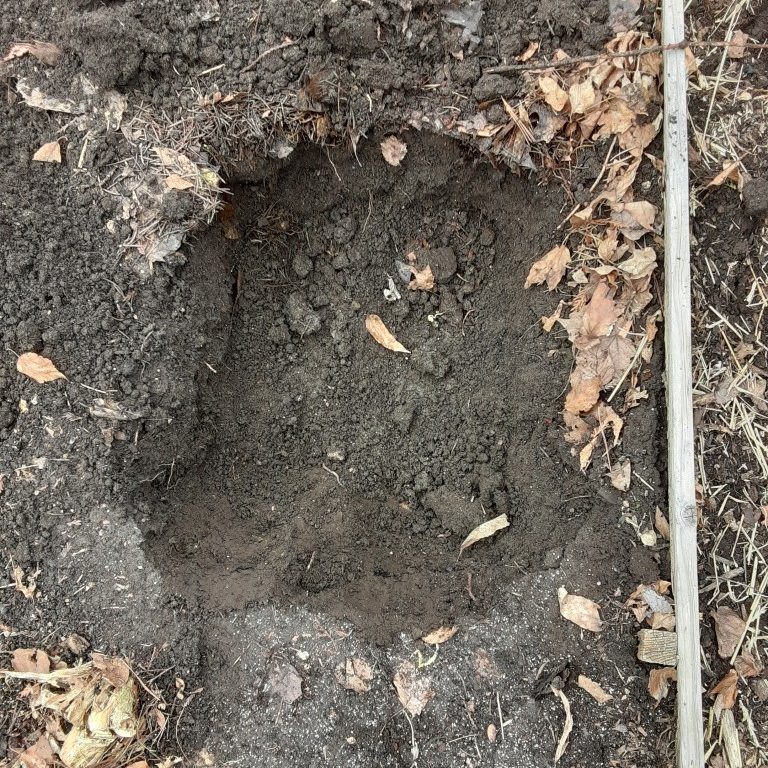
Empty hole
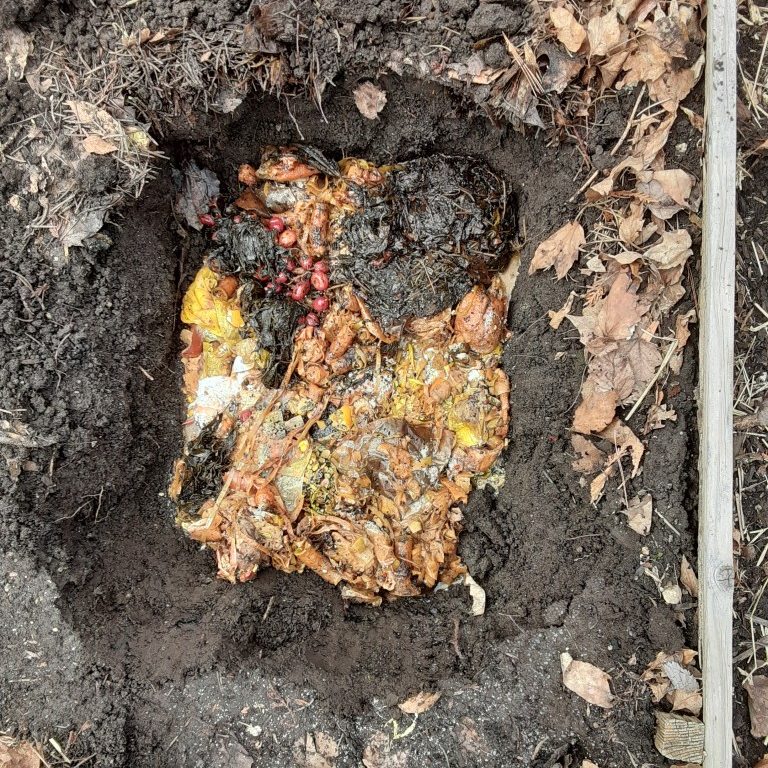
Sponge in the hole
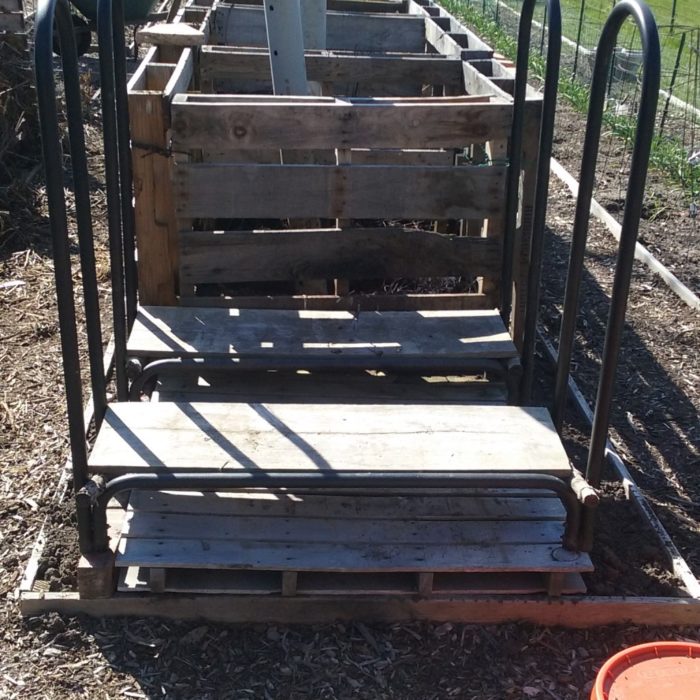
Multiple compost bins setup in a garden with grey aeration pipes
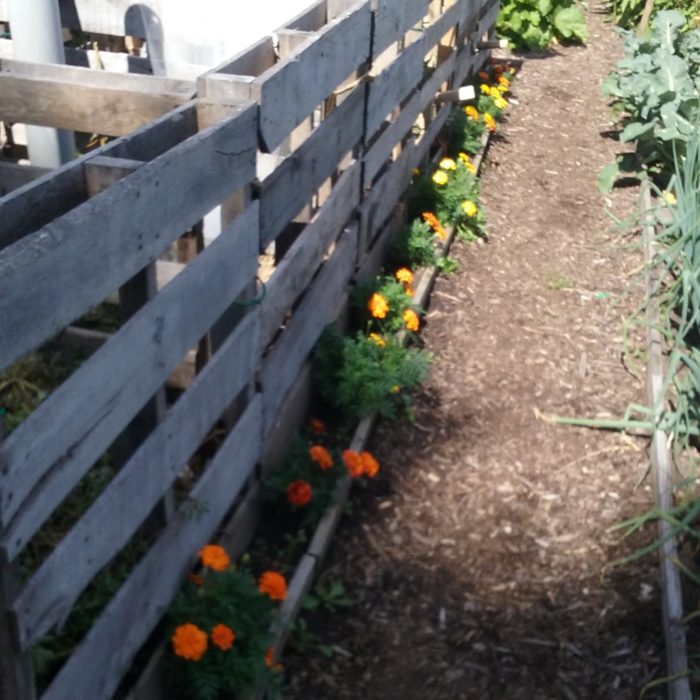
Marigolds planted around compost bins

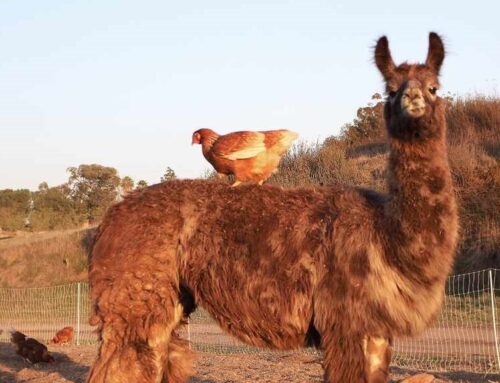
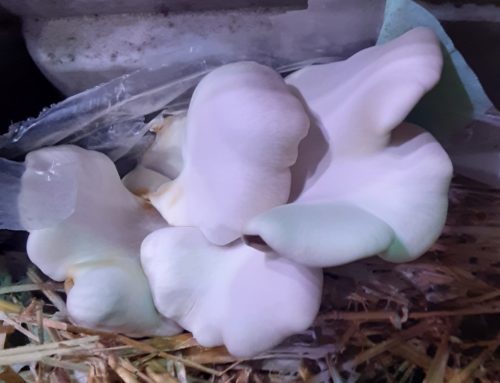
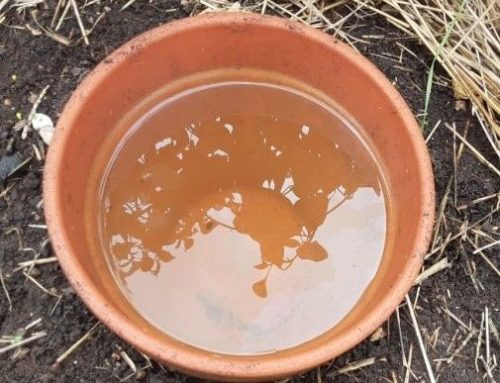
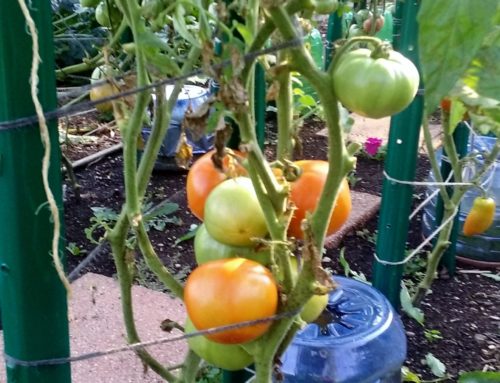
Leave A Comment